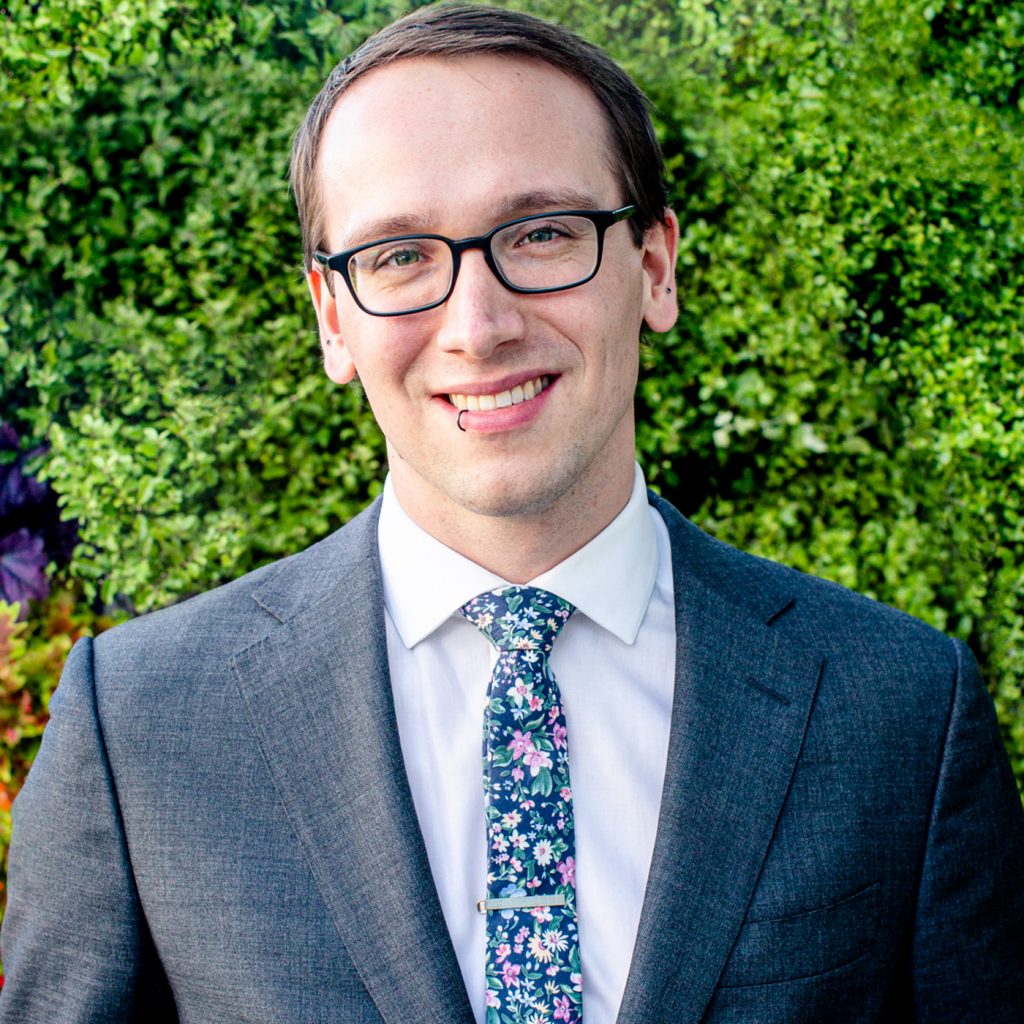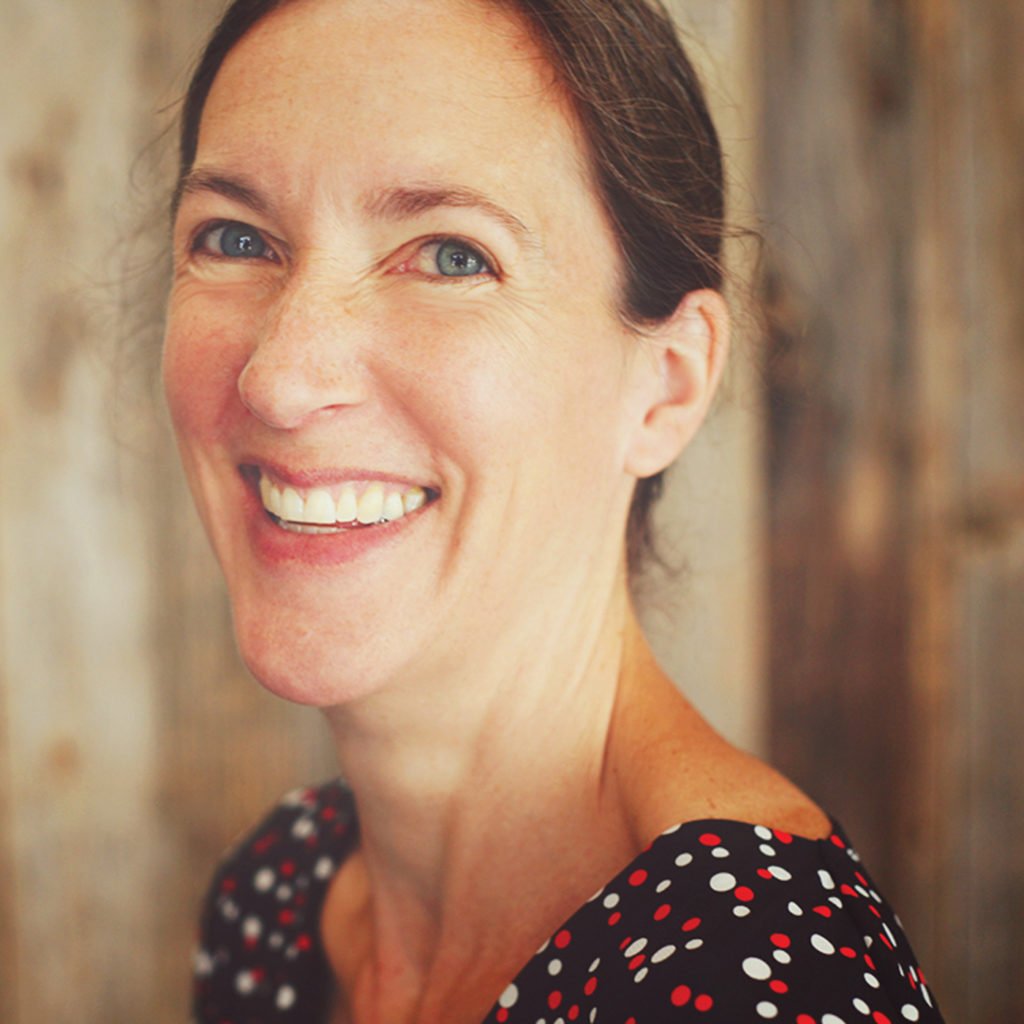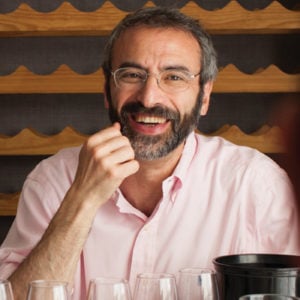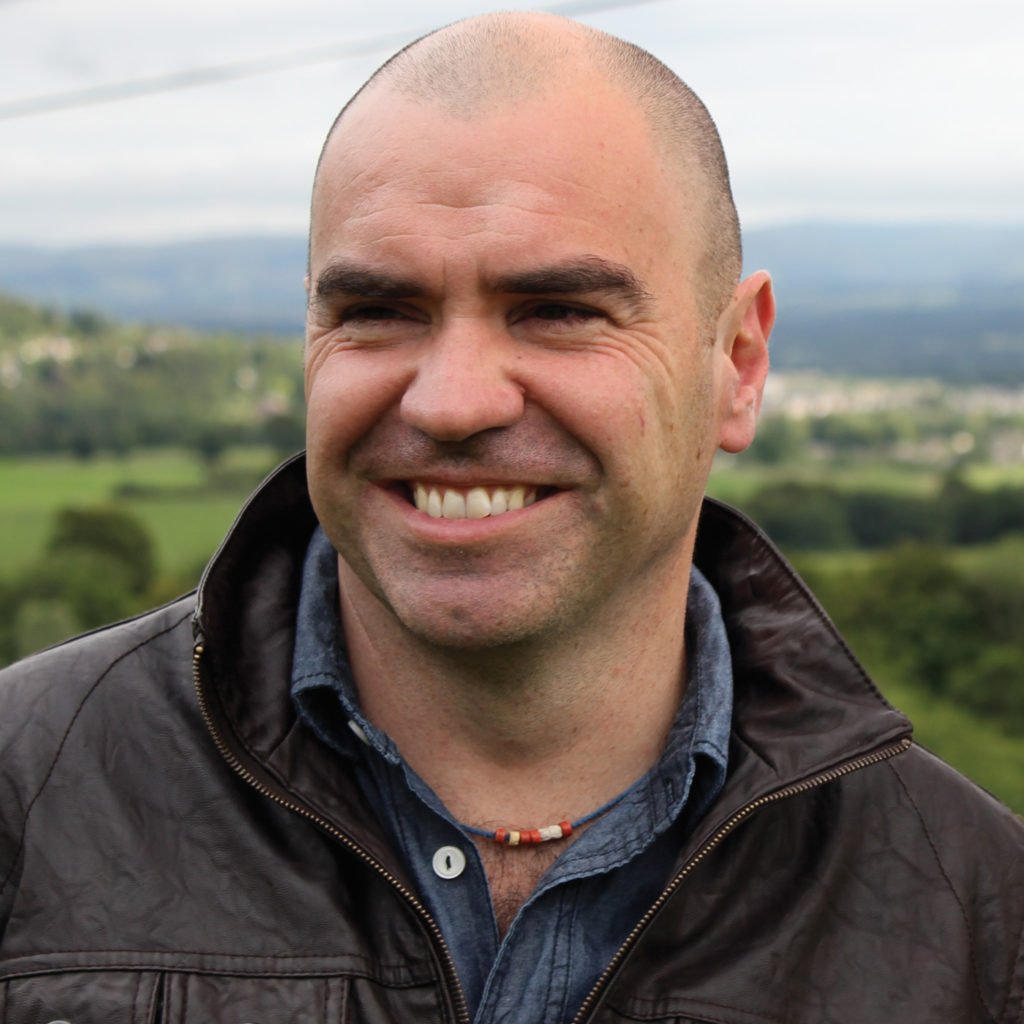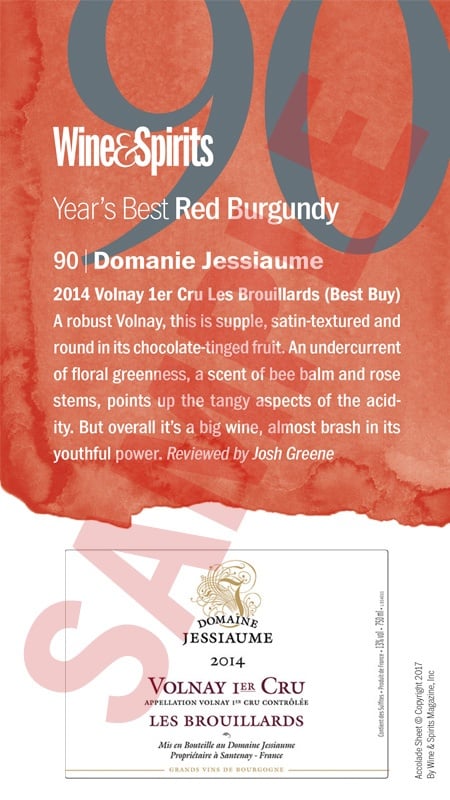If growers were to plant scheurebe in top riesling ground, the wine might get more respect.


Scheurebe was created in 1916 by Dr. Georg Scheu, the director of a viticultural institute in Alzey, in the Rheinhessen. For a long time, scheurebe was believed to be a crossing of silvaner and riesling, but DNA analysis in the late 1990s eliminated the possibility of silvaner as a parent. Dr. Scheu was working with various unidentified wild varieties at the time, and today it’s believed that scheurebe could be a crossing of riesling with one of these.
To be perfectly honest, I’ve often had difficulty with scheurebe. Its intense muskiness and pronounced perfume can be overwhelming, and if it’s not picked at a high level of maturity, it can feel aggressively herbal and catty. When it’s good, it offers an exuberant opulence and exoticism of flavor, yet even then its highly extroverted and flamboyant personality may not be to everyone’s taste. “The variety is so emphatic it’s bound to put some drinkers off,” says American importer Terry Theise. “But there’s no magic key. If it puts you off, it puts you off. I liked it from the first sip I had, because I thought there was something joyful in its gaudiness.” Despite my skepticism, I resolved to keep an open mind this evening: at the very least, it would be both educational and entertaining.
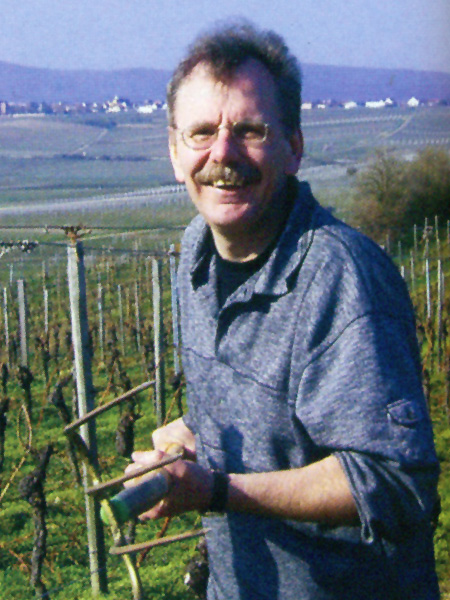

One of my favorite wines of the night was Lingenfelder’s 1999 Freinsheimer Goldberg Scheurebe Kabinett, from a south-facing parcel on sand and loam planted in 1963. Afterwards, I spoke with Rainer Lingenfelder about this wine. “[The Goldberg] is truly a top-class riesling site, and this is what you need in making a premium, long-lasting wine like the one you enjoyed,” he said. “If one aims at making a great scheurebe one has to give up top riesling sites, and this is hard to understand and even harder to do for the majority of growers.” As with other marginalized varieties (think barbera in Piemonte or pinot meunier in Champagne), scheurebe is often planted in less than ideal locations, and this is one of the reasons why so many wines are unappealing. “Scheurebe from less than top sites tend to show these unripe, green, grassy, herbal and sometimes stinky aromas,” says Lingenfelder.
When it’s planted in a good site and picked at a sufficient degree of ripeness, scheurebe produces a wine of lush, exotically fragrant fruitiness, exhibiting a distinctly voluptuous character. “For me, scheurebe is very…naughty,” says Theise. “Very carnal. I happen to like its cassis-grapefruit-sage-elderflower thing. I do think that in good hands it can make a wine wherein vulgarity is flirted with in a very sexy way, because to me a good scheu always stops just short of vulgarity, and then it astonishes me with its weird grace.” He might have been describing our Messmer 1998 Scheurebe Spätlese from the Burrweiler Altenforst, a silky, richly complex wine that felt more like an Auslese in its sleekly concentrated depth and authoritative grip.
The ripeness of the Messmer wasn’t unusual for top-quality scheurebe, as the variety is prone to high sugars in the right conditions, generally averaging must weights 10° Oechsle higher than riesling grown on the same site. It’s also prone to botrytis, which tends to spread faster in scheurebe than it does in riesling. Both of these things make it ideal for producing dessert wines. While we tasted a number of upper-Prädikat level scheurebes that evening, the standout among them was not from Germany but from Austria, made by legendary Trockenbeerenauslese specialist Alois Kracher. Velvety and plush, the 1999 Scheurebe TBA Nummer 5 combined the variety’s signature muskiness and exoticism with an astonishing finesse, somehow feeling opulent and restrained at the same time. For all of its lusciously honeyed concentration, the overall impression it left was one of great harmony, balance and refinement, demonstrating to me once again why I find scheurebe to be at its most regal when produced in a dessert wine style.
This story was featured in W&S June 2009.
Author of the much-anticipated Champagne, an obsessively detailed guide to the region and its wines, he’s been a part-time resident of Champagne since 2006, where he reports for his site, champagneguide.net. A former tasting coordinator and critic for this magazine, he last wrote for W&S on sustainable farming in Champagne in our December 2016 issue.
This story appears in the print issue of June 2009.
Like what you read? Subscribe today.





